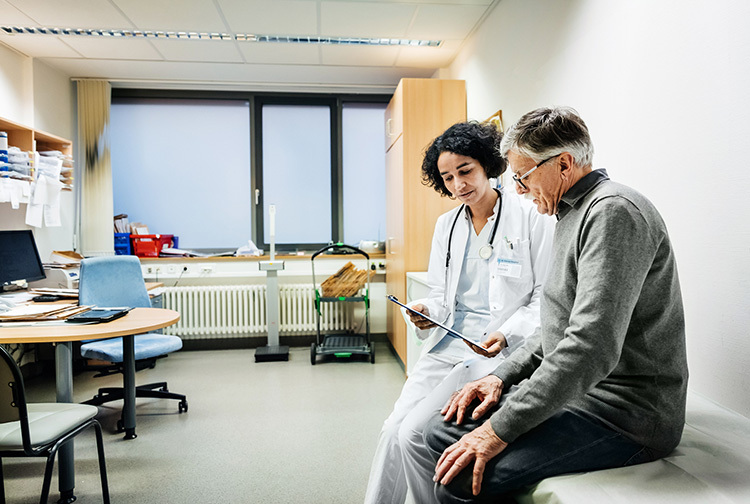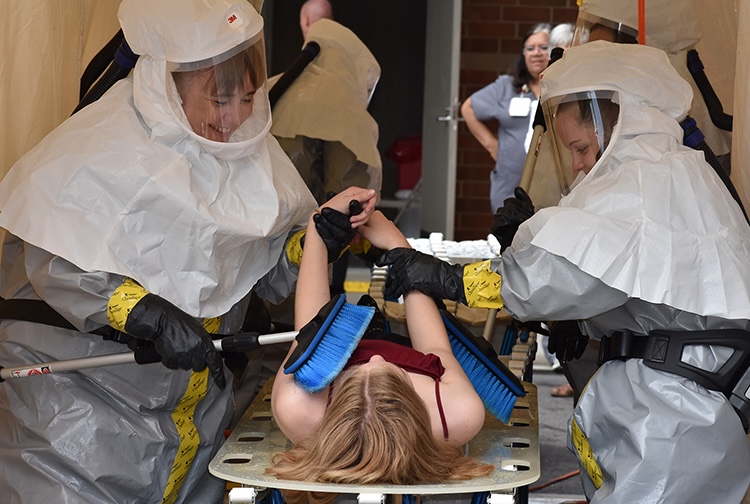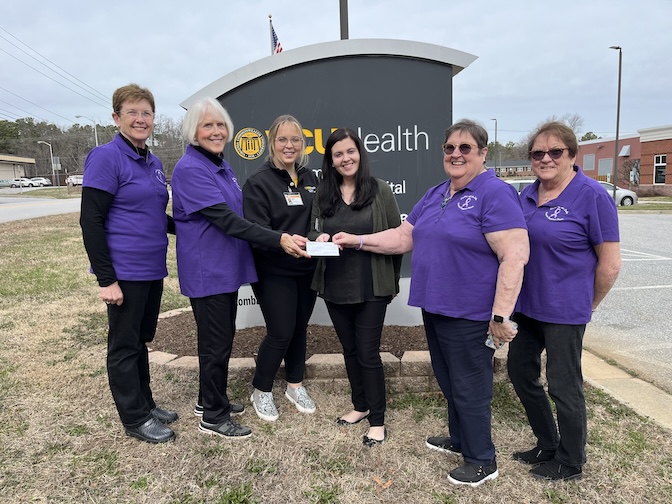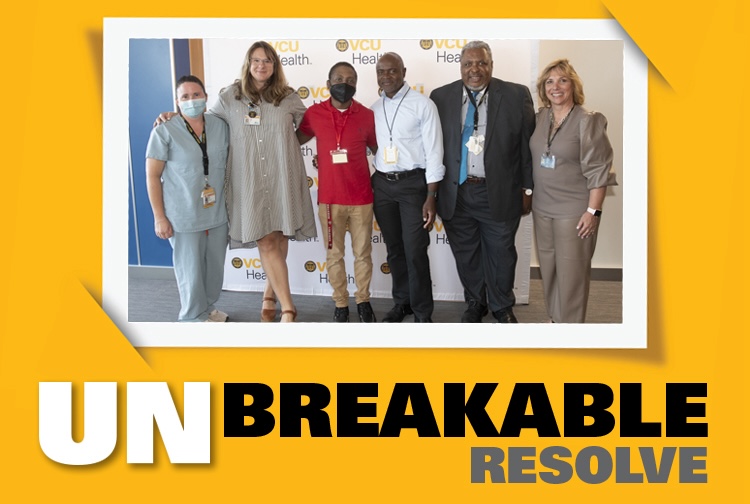
Improving survival: Stroke coordinator shares lifesaving tips
VCU Health Community Memorial Hospital team member highlights the symptoms of stroke and how you can manage risk factors.
October 26, 2023
Stroke is the fifth leading cause of death and a leading cause of disability in the United States, according to the American Stroke Association. Early detection and treatment are key to improving survival, minimizing disability and accelerating recovery time.
Tonya Wright, R.N., is the stroke coordinator at VCU Health Community Memorial Hospital. She responds to strokes that happen at the hospital, sees patients who come in after experiencing a stroke and collects data to improve outcomes.
“As a Primary Stroke Center, we show the community we respond very quickly when patients arrive,” Wright said. “We have interventions we can offer that other hospitals cannot. The goal has been timing; once patients come through our door, we get them to radiology so we can see what’s going on in their brains. We’re getting people in quicker, so people do not leave with as many deficits.”
In recognition of World Stroke Day on Oct. 29, Wright shares the symptoms of stroke and what you can do to save a life.
What is a stroke?
A stroke happens when there is prevention of blood flow to the brain. During a stroke, arteries in the brain can be obstructed or they can burst from an aneurysm or hemorrhage. Whenever you have any type of interruption of blood flow to the brain, brain cells start to die and don’t regenerate. So, we want to stop as many cells from dying as possible.
There are two major types of strokes: ischemic and hemorrhagic. Ischemic strokes happen when blood vessels are just blocked whereas hemorrhagic strokes happen when blood vessels burst. They are treated two different ways, but both are life-threatening conditions.
What are the signs and symptoms of stroke?
Many signs and symptoms of stroke include loss of balance, dizziness, vision changes, facial drooping, severe headache, weakness, tiredness, numbness, slurred speech and confusion.
F.A.S.T. is a helpful acronym to remember, which stands for face, arms, speech, and time. Is half of the face drooping? If the person holds up their arms, is one lower than the other? Is their speech slurred or are they not making sense?
About half the patients I see do not call 911 when they should. They don’t take it seriously and have someone drive them. If you or a loved one calls 911, you get the care team moving ahead of your arrival and you could get medical evaluation in the field, ultimately saving time and more brain cells.
What are the long-term effects of stroke?
The consequences of stroke can create long-term disability or death. People sometimes must relearn how to walk and talk. But the good news is strokes can be prevented by controlling risk factors.
What are the risk factors?
Strokes can occur at any age. One in five people experiencing stroke are aged 55 and younger. The older you get the more likely you are to have a stroke.
African Americans, Hispanics, Asian American and Pacific Islanders have a higher risk of stroke. Sickle cell anemia, inflammation of the blood vessels and bleeding disorders are also risk factors for stroke.
Women have more strokes than men, which may be due to women living longer lives than men, so they have more years in older age. Heredity plays a role as well.
What are the factors you can control?
Living a healthy lifestyle and exercising not only helps your overall health but helps to manage risk factors to stroke, including high blood pressure, atrial fibrillation; also known as irregular heartbeats, diabetes and high cholesterol.
While you can’t help having some of these conditions, you can follow your doctor’s orders to manage them better.



